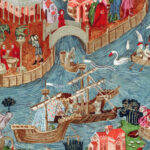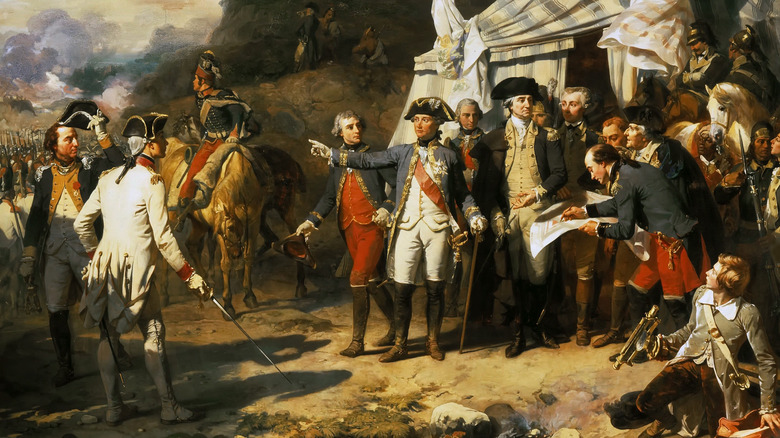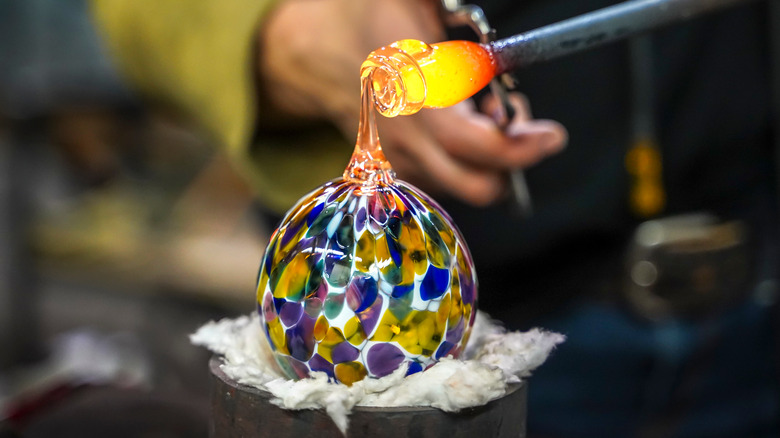
This Was The Most Delicate Commodity On The Silk Road
The trade route known as the Silk Road was responsible for one of the largest exchanges of goods and ideas in human history. Things like coffee, tea, and silk, of course, were traded along the route, as well as gunpowder, watermills, and — most importantly, depending on your priorities — delectable treats like noodles and savory meat and veggies stuffed into dough. Reuters notes how delicious recipes like Italian tortellini and Turkish manti can trace their culinary inspirations back to the Chinese dumplings that traveled the Silk Road.
In fact, according to Sapiens, so many things — both good and bad — were transported to new places via the Silk Road that it could have warranted several other names, had German explorer Baron Ferdinand von Richtofen not chosen the prized fabric to name it in 1877. Due to the exchange of ideas, which found a catalyst in the spread of paper, the road could have been dubbed the Buddhism Road. Or, thanks to the rats and fleas that traveled with the traders, it could have been ignominiously named the Bubonic Plague Road. The Silk Road also could have been named after the most delicate commodity that traversed its routes: glass.
Glass was shipped to China from Italy along the Silk Road
According to The History of Glass, the earliest archaeological evidence for the revolutionary material dates back to 3500 B.C. in Egypt and Eastern Mesopotamia, but early glass production was rudimentary and innovations took time. The first glass containers didn’t even get invented until a couple thousand years later, around 1500 B.C. Then, in the 1st century B.C., craftsmen in Syria came up with a breakthrough method for glass production: the blowpipe. This ingenious tool made it easier, cheaper, and much faster to make glass objects. From here, the practice spread to the Roman Empire, and from there, the world via the Silk Road.
Ceramics and metalware were commonly used in China before glass made its way down the Silk Road from Europe, which UNESCO notes occurred in what is known as the Spring and Autumn period (771-403 B.C.). As revolutionary an invention as glass was, however, it took some time to catch on in China. According to the Chinese Academy of Sciences, the popularity of porcelain in China initially slowed innovations in glassmaking techniques.

Why One Wisconsin Town Didn't Learn English For Generations

World Leaders Keep Giving Putin These Unusual Gifts

The Vatican Is Home To This One Of A Kind ATM

What Life Was Like As An Apothecary In The Colonial Era

How The CIA Used Shoelaces To Send Secret Coded Messages

What It Was Really Like To Live Under Apartheid

The Spiritual Meaning Behind The Three Wise Men's Gifts To Jesus

The One Dead Sea Scroll Nobody's Been Able To Solve

This Was The Actual Cause Of The Crimean War

How The French And Indian War Impacted The American Revolution
























